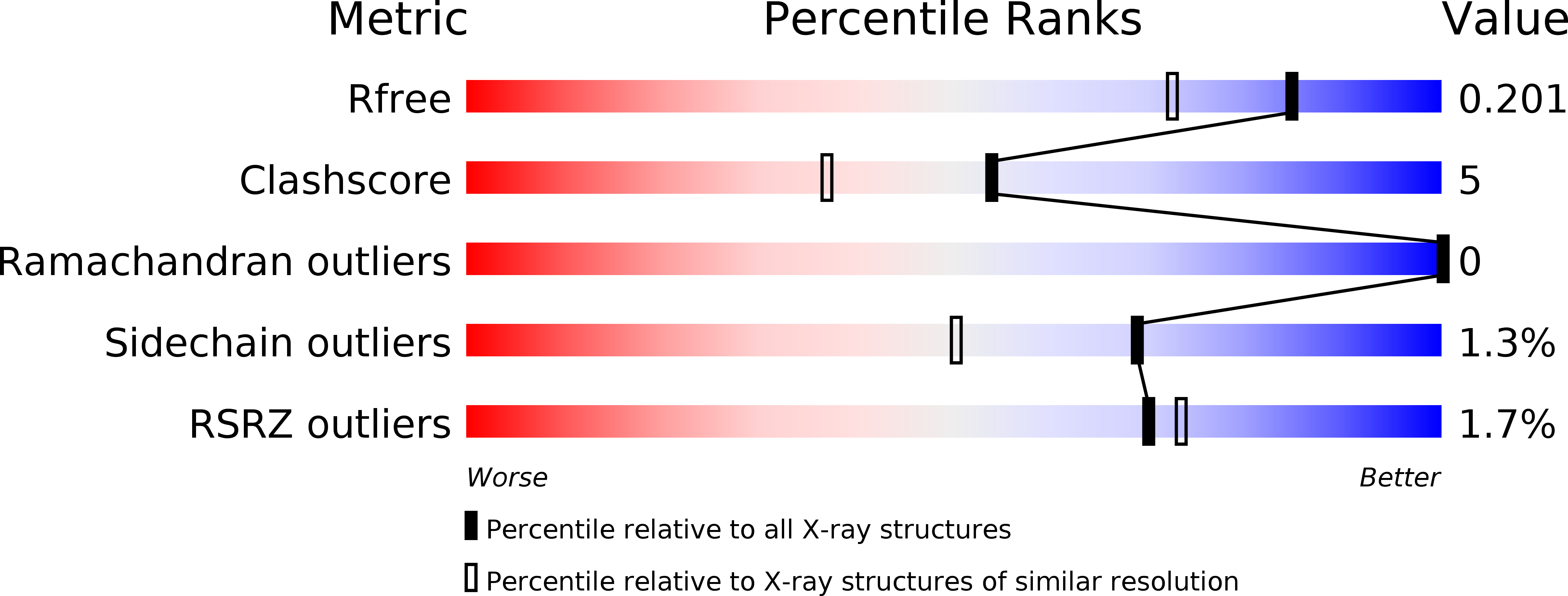
Deposition Date
2016-09-07
Release Date
2017-09-13
Last Version Date
2023-11-08
Entry Detail
PDB ID:
5GVY
Keywords:
Title:
Crystal structure of SALT protein from Oryza sativa
Biological Source:
Source Organism:
Oryza sativa subsp. indica (Taxon ID: 39946)
Host Organism:
Method Details:
Experimental Method:
Resolution:
1.66 Å
R-Value Free:
0.20
R-Value Work:
0.16
R-Value Observed:
0.16
Space Group:
P 1 21 1


